In Tribeca, the waterfront Hudson River Park has generated considerable attention for its river views as well as its extensive attractions that include sports courts, dog runs, and bike and pedestrian paths. But Tribeca is also home to a hidden gem: the triangular Duane Park bonded by Hudson Street to the east and Duane Street on the north and south sides.
Despite being located up the street from the Chambers Street subway station and in close proximity to the World Trade Center, Battery Park City and City Hall, Duane Park still offers the atmosphere of being just off the beaten path. The ups and downs of the neighborhood correspond, roughly, to the park's changing presence.
This article explores Duane Park’s rich history and the factors that make it attractive in the present day. We also look at listings in residential buildings close enough to treat Duane Park as their backyards.
Despite being located up the street from the Chambers Street subway station and in close proximity to the World Trade Center, Battery Park City and City Hall, Duane Park still offers the atmosphere of being just off the beaten path. The ups and downs of the neighborhood correspond, roughly, to the park's changing presence.
This article explores Duane Park’s rich history and the factors that make it attractive in the present day. We also look at listings in residential buildings close enough to treat Duane Park as their backyards.
In this article:
History of Duane Park
Duane Park is second only to Bowling Green as New York's oldest park, but was the first open space to be acquired by the city with a public park specifically in mind. Originally farmland, the park was confiscated by the Duke of York from the English Governor, Sir Francis Lovelace, and deeded to Trinity Church in 1705.
A history of the area by Friends of Duane Park notes that, "as the city laid out the streets of the neighborhood in 1794, Duane Street turned out to be inconveniently wide at the point where it intersected a grid with a slightly different axis. The triangle that occurred was too small for building, too big for a street." Thus it was established as a park after the city purchased the space from the church for $5 in 1797. It was named in honor of James Duane, the city's first mayor (1784-1789) after the American Revolution.
A history of the area by Friends of Duane Park notes that, "as the city laid out the streets of the neighborhood in 1794, Duane Street turned out to be inconveniently wide at the point where it intersected a grid with a slightly different axis. The triangle that occurred was too small for building, too big for a street." Thus it was established as a park after the city purchased the space from the church for $5 in 1797. It was named in honor of James Duane, the city's first mayor (1784-1789) after the American Revolution.
Duane Park was enlarged, enclosed, and landscaped in 1870 by the New York City Parks Department. A short time later, in 1887, Parks Superintendent Samuel Parsons Jr. and landscape architect Calvert Vaux (the latter of Central Park and Prospect Park fame) introduced a new design with paths curving in from surrounding streets. But in the 1940s, the Vaux design was paved over, having been deemed too old-fashioned.
As Tribeca's gentrification began in the 1990s, Friends of Duane Park was established to clean up the space, and local landscape architect Signe Nelson developed a design that evoked the best features of the Vaux plan. The newly replanted Duane Park reopened in the late 1990s, and two bronze plaques were dedicated in 2000.
Duane Park Today
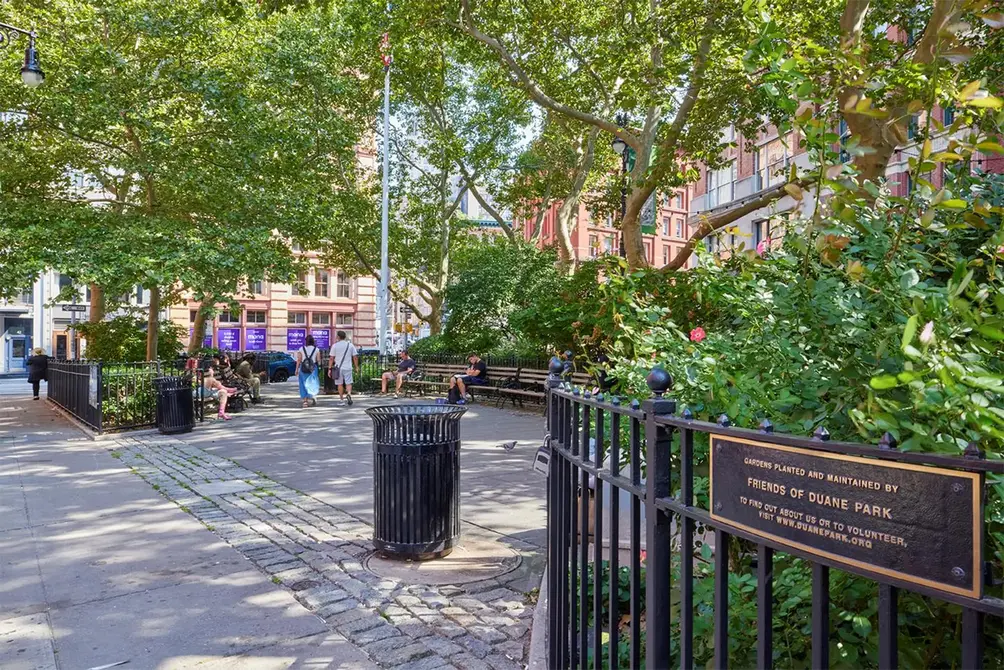 Duane Park (Douglas Elliman)
Duane Park (Douglas Elliman)
In the present day, Duane Park Offers a row of benches shaded by London plane trees as well as two planted beds. It has served as a filming location for movies like Death to Smoochy and television shows like Jessica Jones. Off-screen, Friends of Duane Park regularly hosts concerts, community events, and children's programming in the park.
Upscale Italian restaurant Scalini Fedeli is directly across the street from Duane Park, and popular Tribeca restaurants may be found on surrounding blocks. Patrons of Laughing Man Cafe, Duane Park Patisserie, and Ring Ding Bar can get their purchases to go and take a few steps to enjoy them in the park on nice days, though we cannot recommend that Tribeca Wine Merchants visitors do the same.
Living near Duane Park
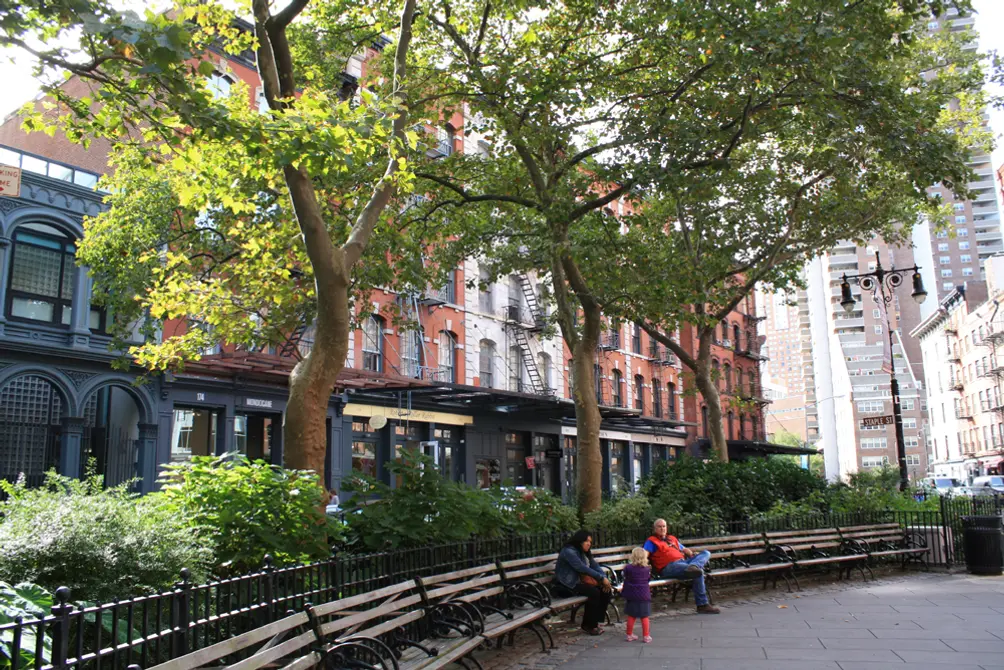 Duane Park (HDC)
Duane Park (HDC)
Duane Park is located in the heart of the Tribeca West Historic District, but that is not to say the surrounding area has been frozen in time. Quite the contrary — a number of the industrial buildings surrounding the park have been converted to some of the most in-demand real estate in the world.
The eastern end of Duane Park is anchored on the south by the 13-story Duane Park Lofts, an impressive Renaissance Revival-style building at 166 Duane Street with an entrance marquee near Hudson Street facing the park. Dating back to 1910, it was converted to 25 loft condominium apartments in 1997. It is notable for its slightly arched windows on its top floor and very nice decorative elements at the top of the building, which has a roof deck.
Would you like to tour any of these properties?
Just complete the info below.
Or call us at (212) 755-5544
Directly next door is the 11-story 165 Duane Street, an even more impressive building notable for its slanted base and mansard-like sloped roofline and arched windows. It is also known as The Schepp Building in honor of the coconut processing plant it originally housed.
The third major building at the east end of the park, located on the northeast corner of Duane and Hudson Streets, is the Mohawk Atelier, which consists of two 19th Century commercial buildings that were converted in 2009 to 12 residential condominium apartments by Joseph Pell Lombardi, a leading renovation architect and developer in the city. The result is what architecture critic Carter Horsley calls "one of the best-looking buildings in Tribeca."
161 Duane Street had been leased in 1996 by restaurateurs David Bouley and Warner LeRoy with an option to buy. Their plans, however, were upset by the terrorist attacks in 2001 on the World Trade Center and then the death of Mr. LeRoy, and in 2002 Mr. Bouley sold the building and the adjacent mid-block building to Mr. Lombardi.
161 Duane Street had been leased in 1996 by restaurateurs David Bouley and Warner LeRoy with an option to buy. Their plans, however, were upset by the terrorist attacks in 2001 on the World Trade Center and then the death of Mr. LeRoy, and in 2002 Mr. Bouley sold the building and the adjacent mid-block building to Mr. Lombardi.
At the west end of the triangular space containing the park is the southernmost of the three 40-story towers of Independence Plaza and the northern section of the extremely charming Washington Market Park. Erected in 1975, before the Tribeca West Historic District was established, Independence Plaza is distinguished by its striated concrete, cantilevers and "toothiness," according to "The A.I.A. Guide to New York City." The latter is highlighted by the blue metal mast of the clipper-ship play structure, the S. S. Fun and its "great lawn" with an ornate bandstand.
Another testament to the history of Tribeca may be found at 172 Duane Street, a two-story building designed by Jacob Weber that some sources indicate was home to a cheese company. Completed in 1872, the building had a double row of three cast-iron arches. The building in 1886 was taken over by Berg & Meyers, rag traders, and in 1893 by Cordley & Hayes, makers of bottle coolers and ice cream freezers. Around 1910, H. W. Covert Company took over the space to sell fireplace throats and dampers and a couple of years later W. W. Johnstone and F. M. Coughlan ran a butter-and-egg business at the address.
In 1999, a new owner commissioned Vincenzo Polsinelli to restore the cast-iron facade and to create a new glass-block front six feet behind the two-story cast-iron portico. Roc-A-Fella co-founder Damon Dash briefly used it as an art gallery; after he sold it, the the new owner commissioned Polsinelli to create a four-story single-family residence. These plans, however, were not approved by the Landmarks Preservation Commission.
Nearby listings close to Duane Park
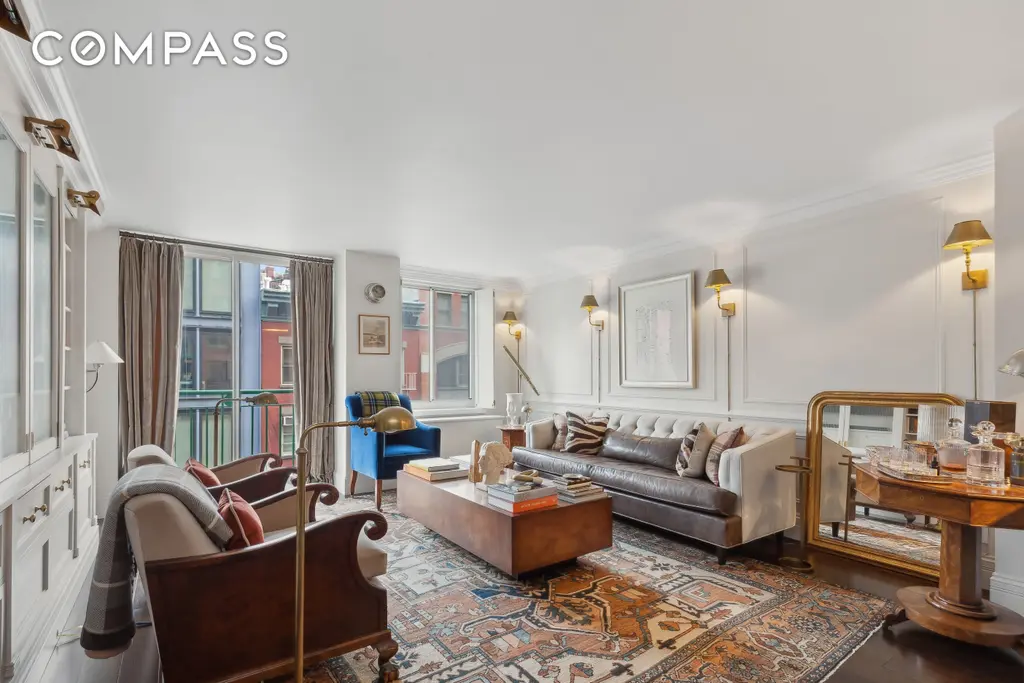
Reade House, #5E (Compass)
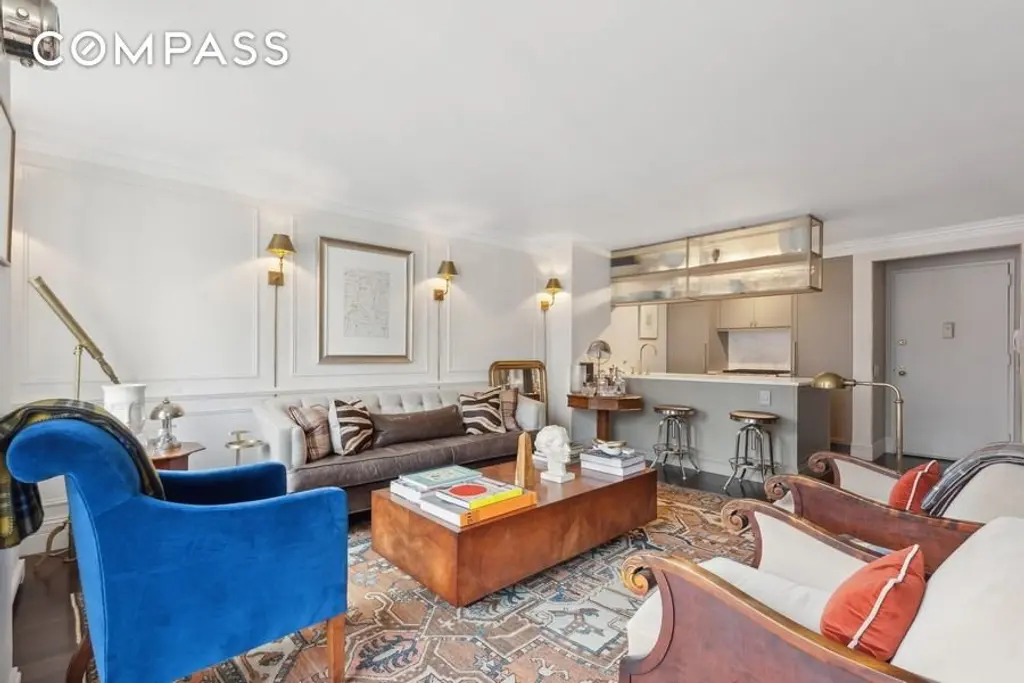
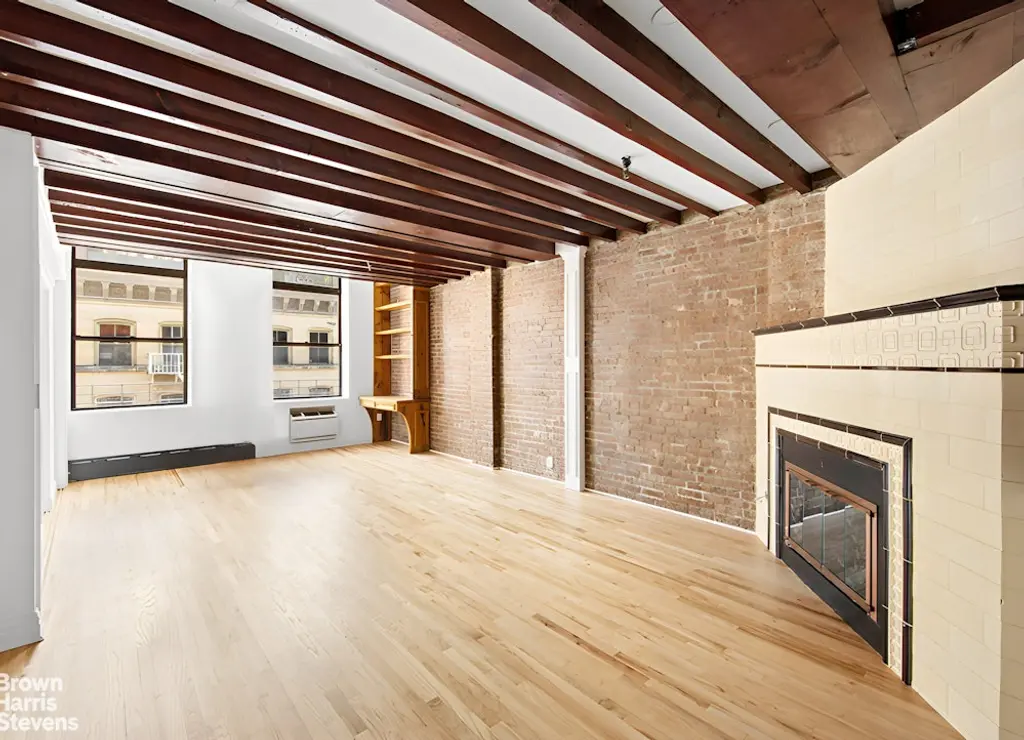
109 Reade Street, #5 (Brown Harris Stevens Residential Sales LLC)
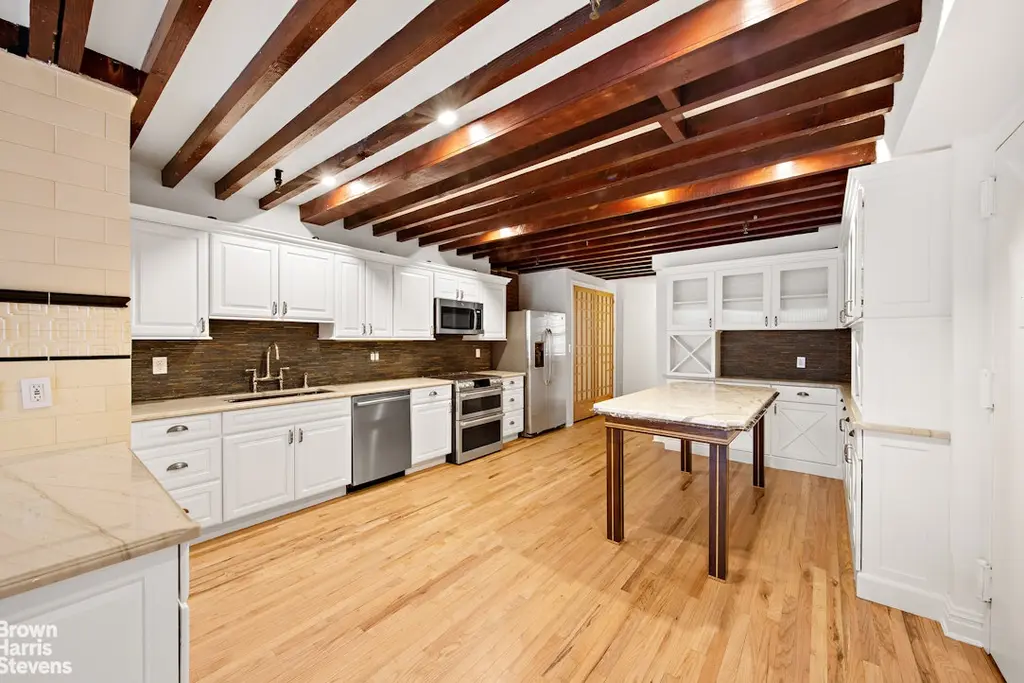
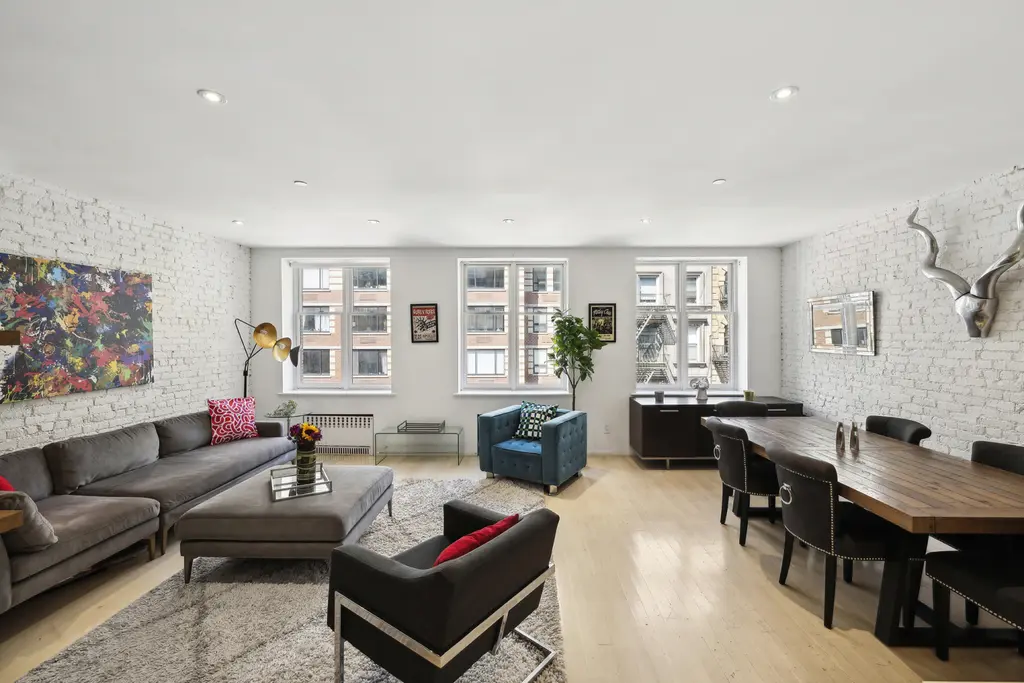
The Campbell, #5 (Serhant LLC)
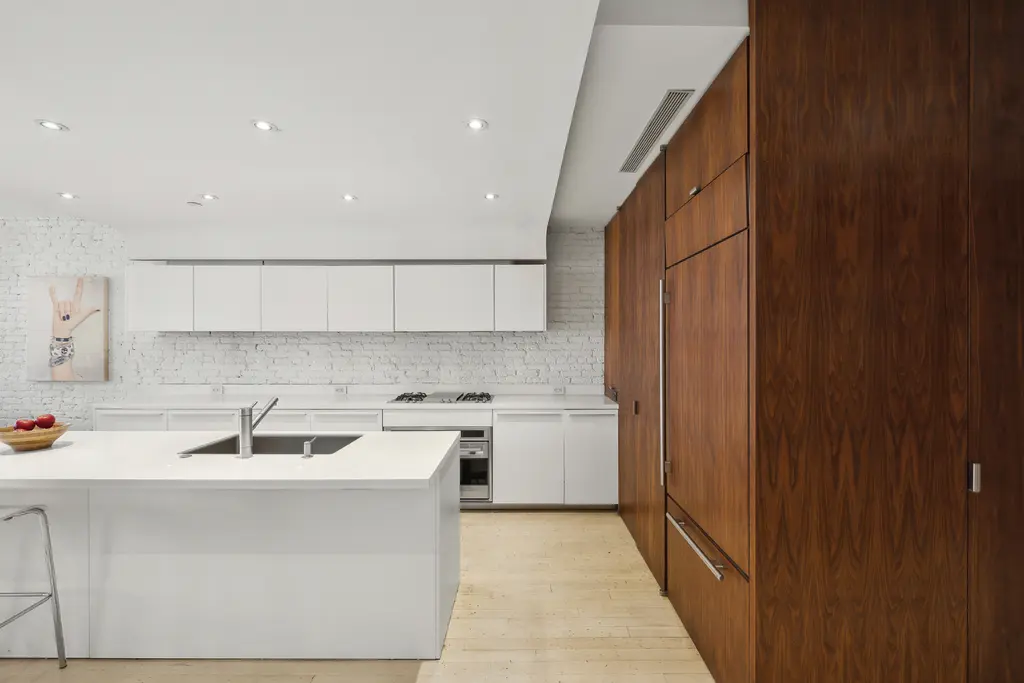
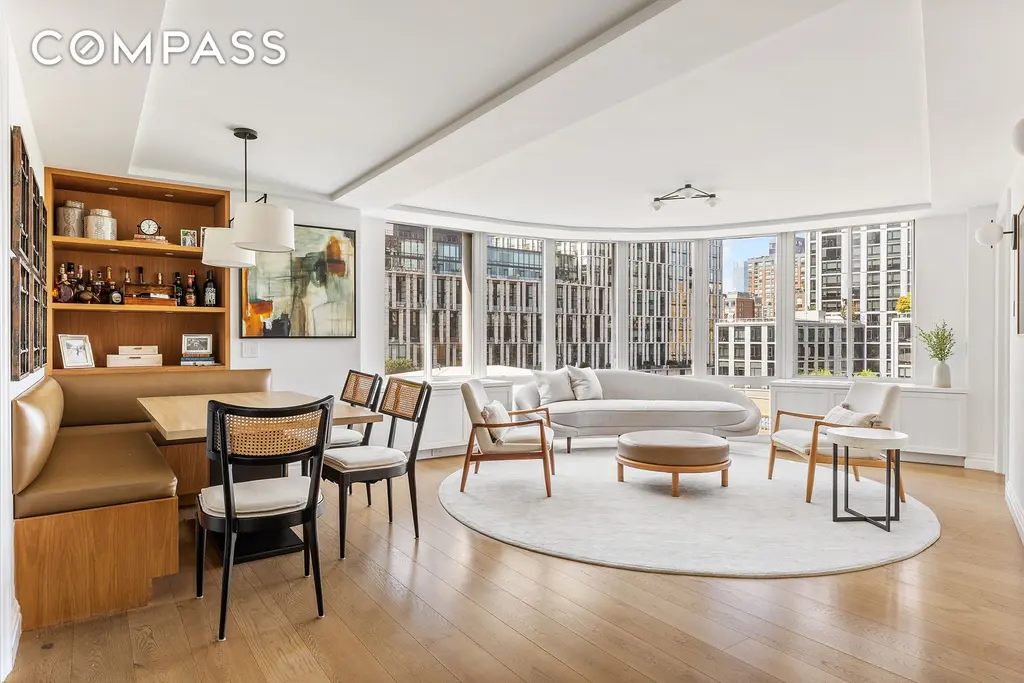
The Tribeca, #8D (Compass)
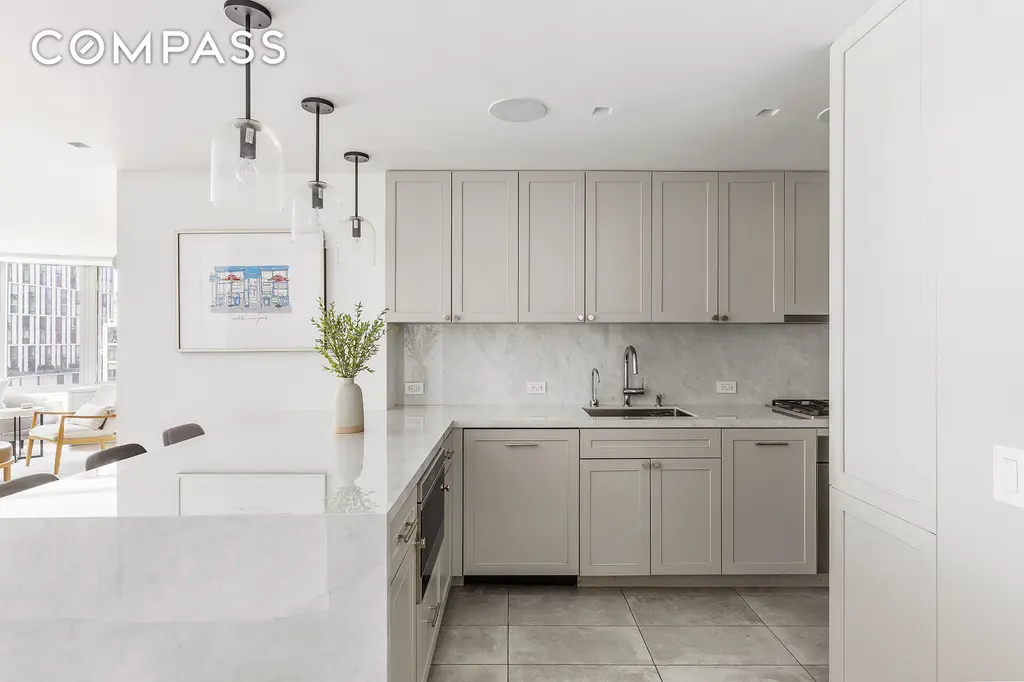
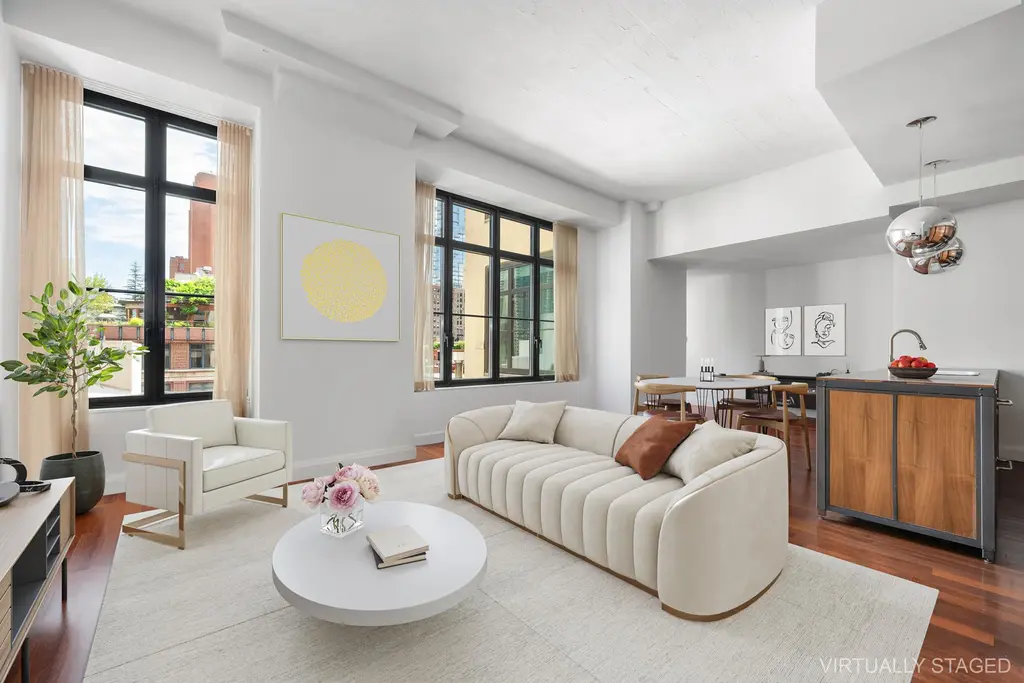
Artisan Lofts, #7B (Douglas Elliman Real Estate)
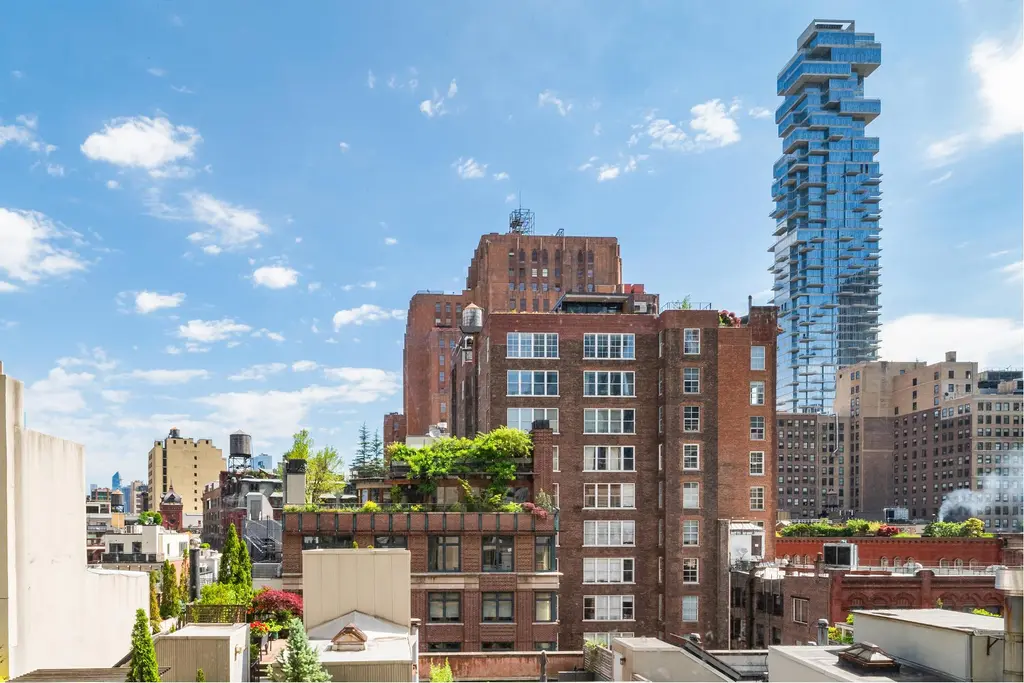
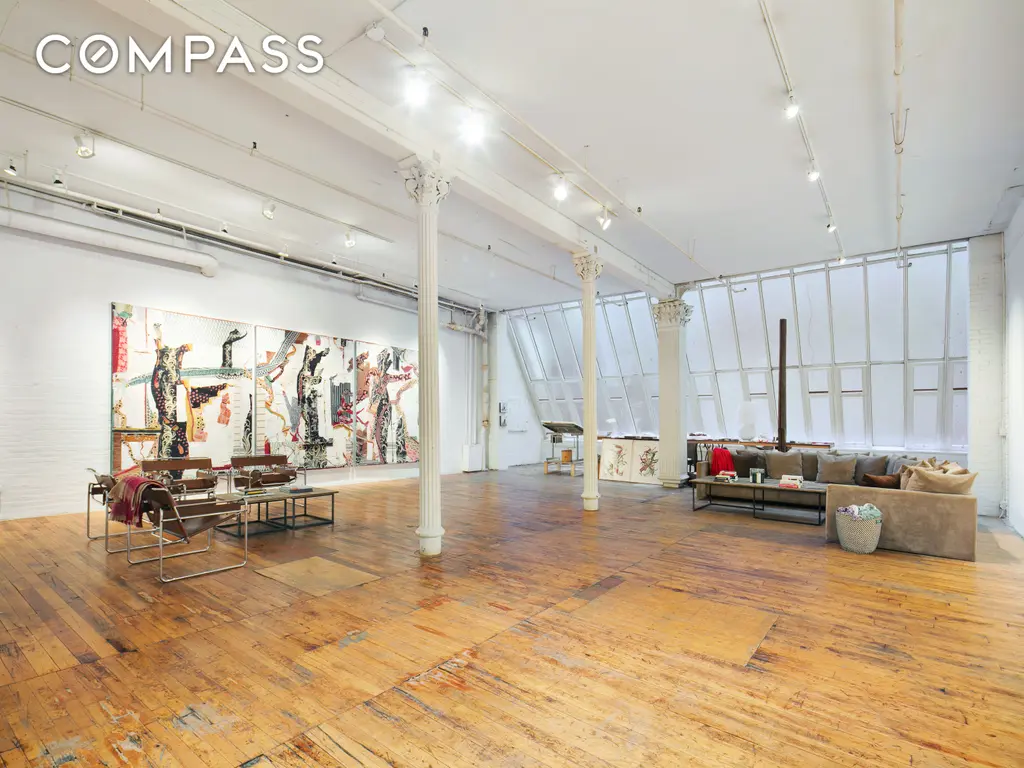
84 Thomas Street, #1 (Compass)
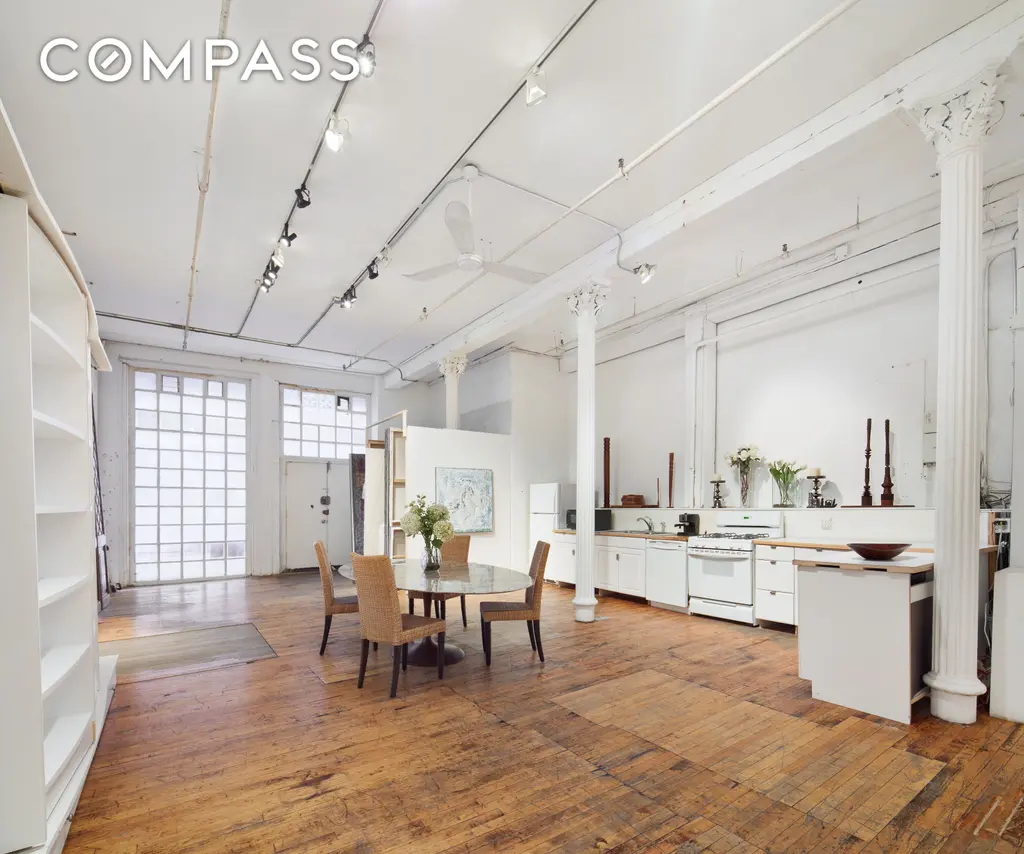
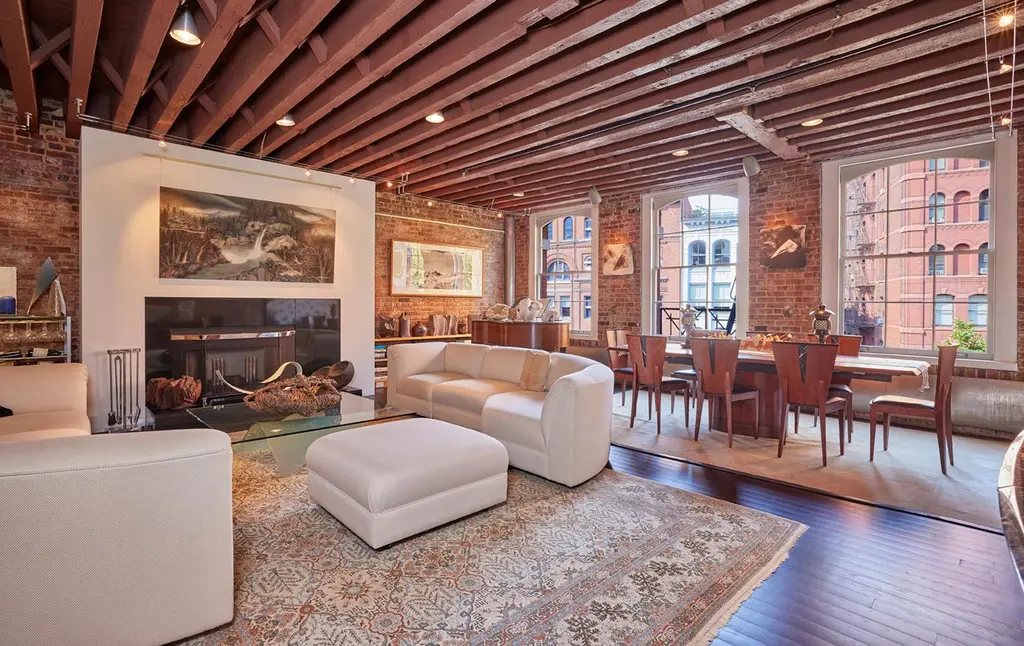
176 Duane Street, #4 (Douglas Elliman Real Estate)
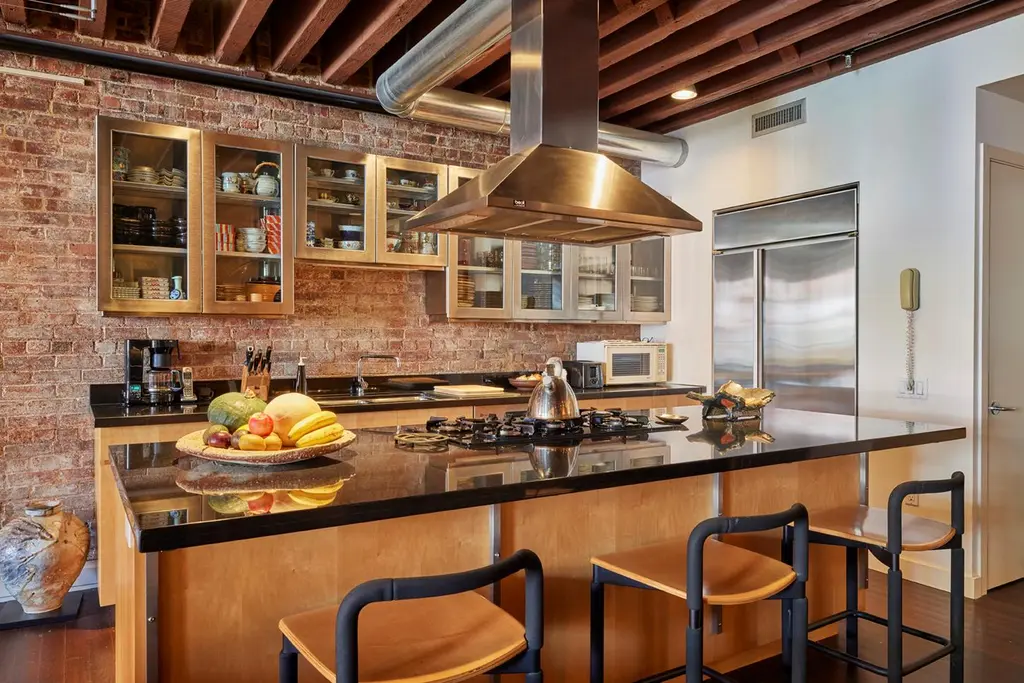
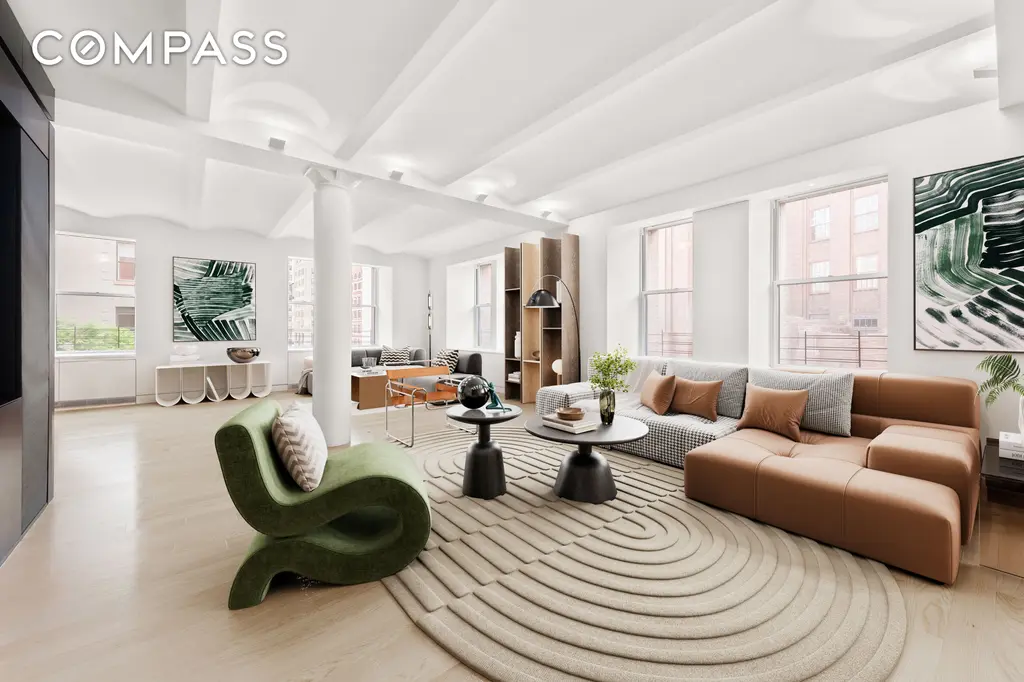
55 Hudson Street, #3BCD (Compass)
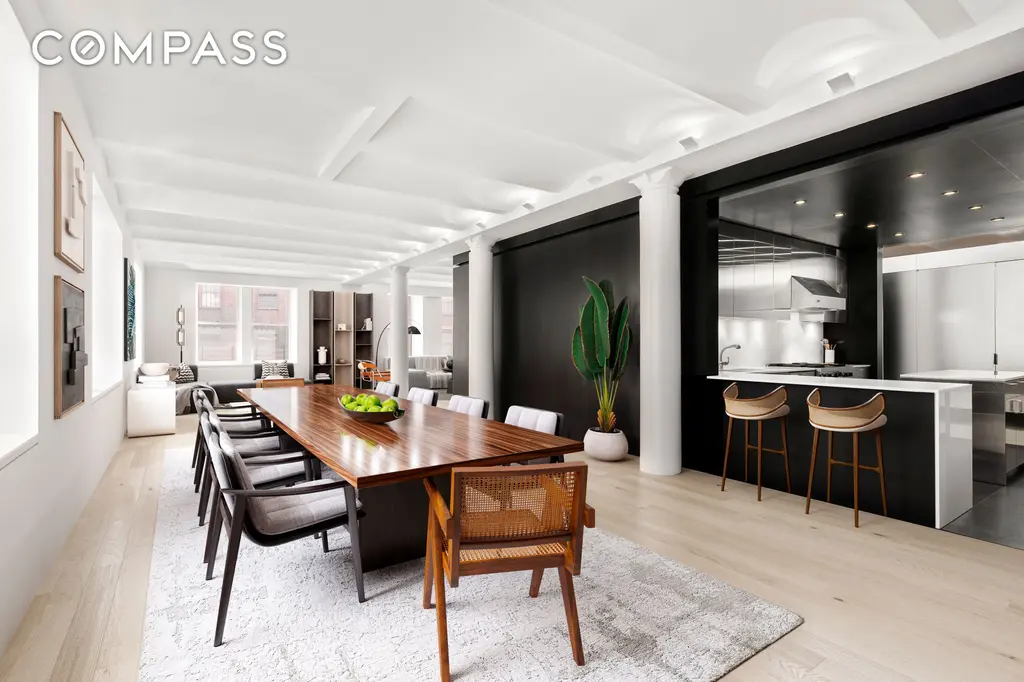
The Bazzini Building, #4E
$7,595,000 (-5.1%)
Tribeca | Condominium | 5 Bedrooms, 4.5 Baths | 4,380 ft2
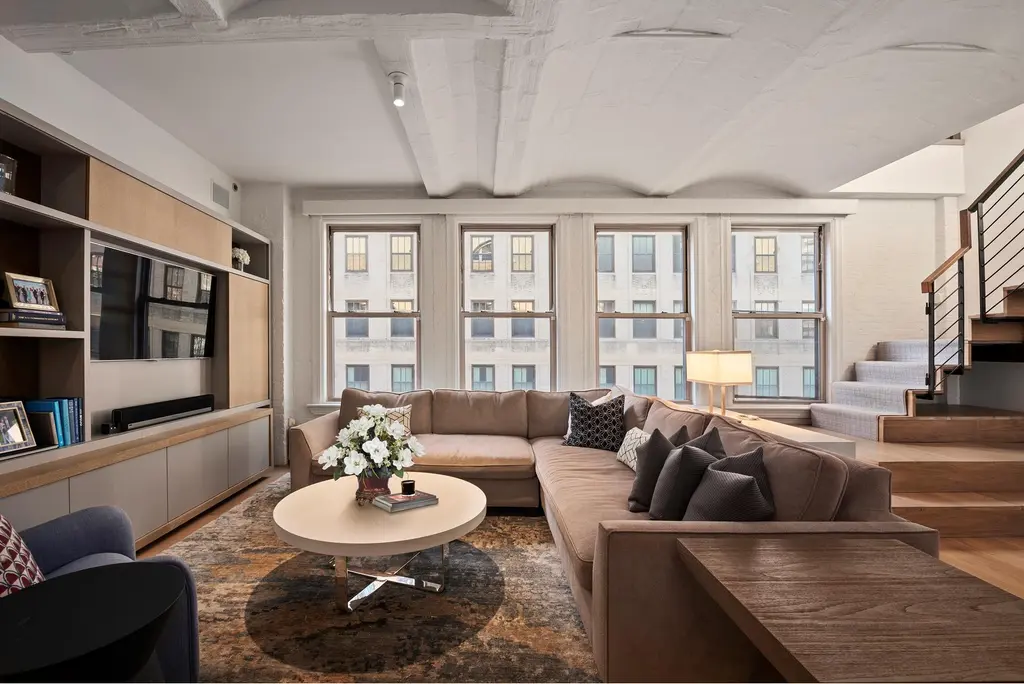
The Bazzini Building, #4E (Douglas Elliman Real Estate)
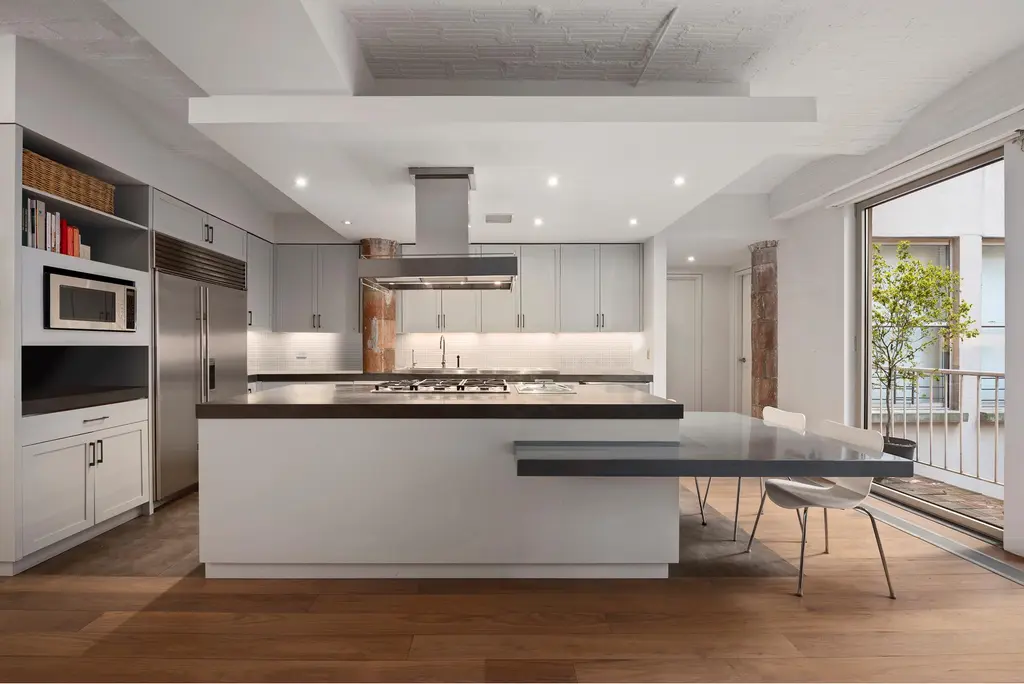
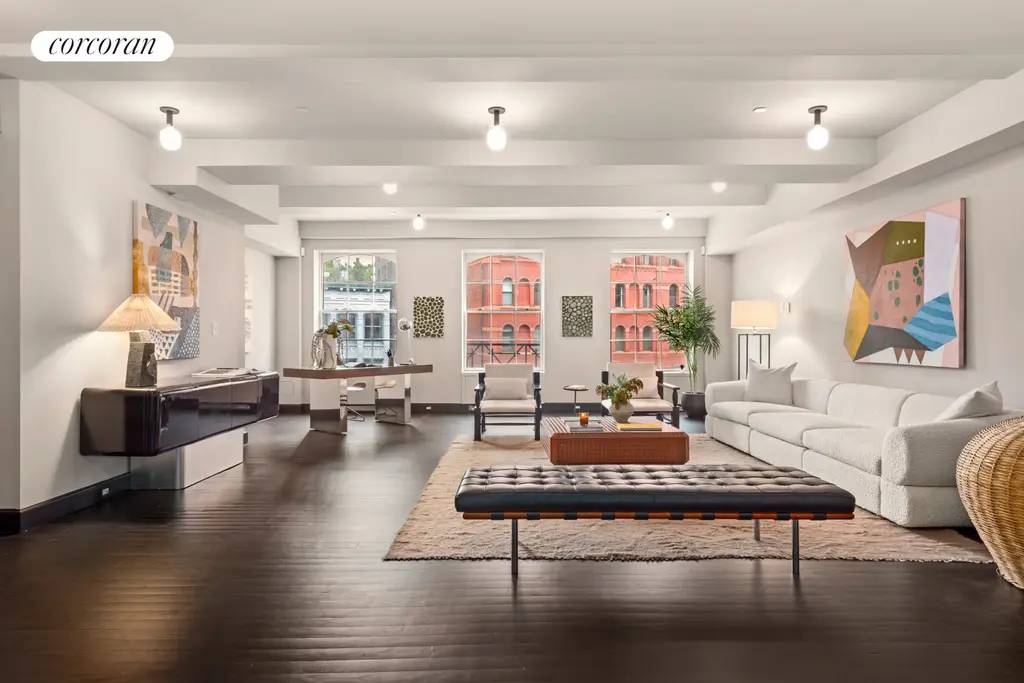
176 Duane Street, #56 (Corcoran Group)
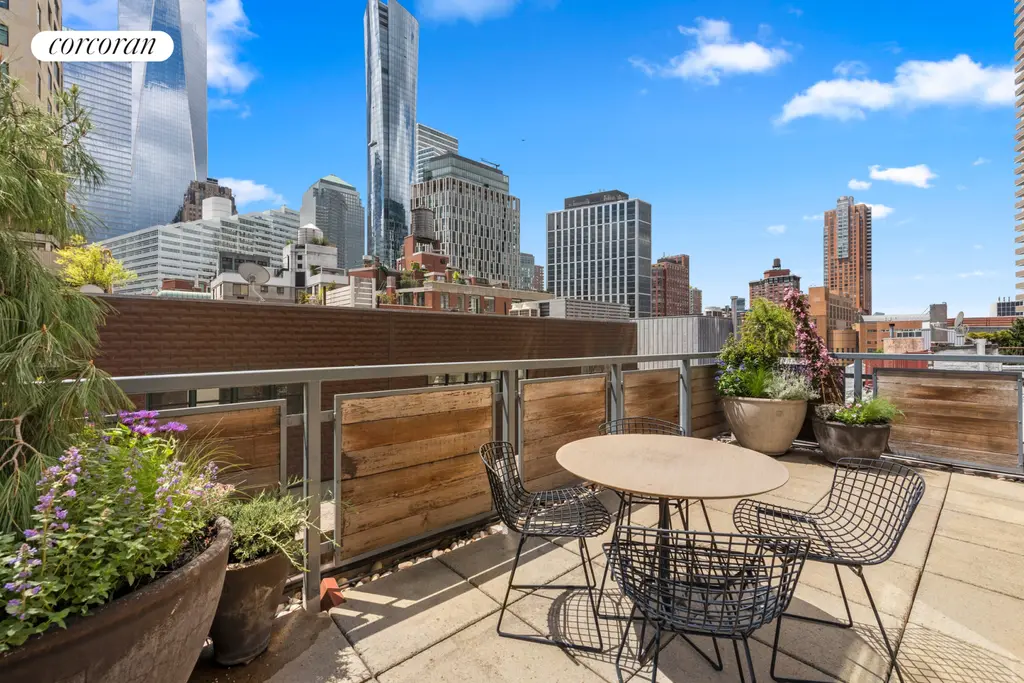
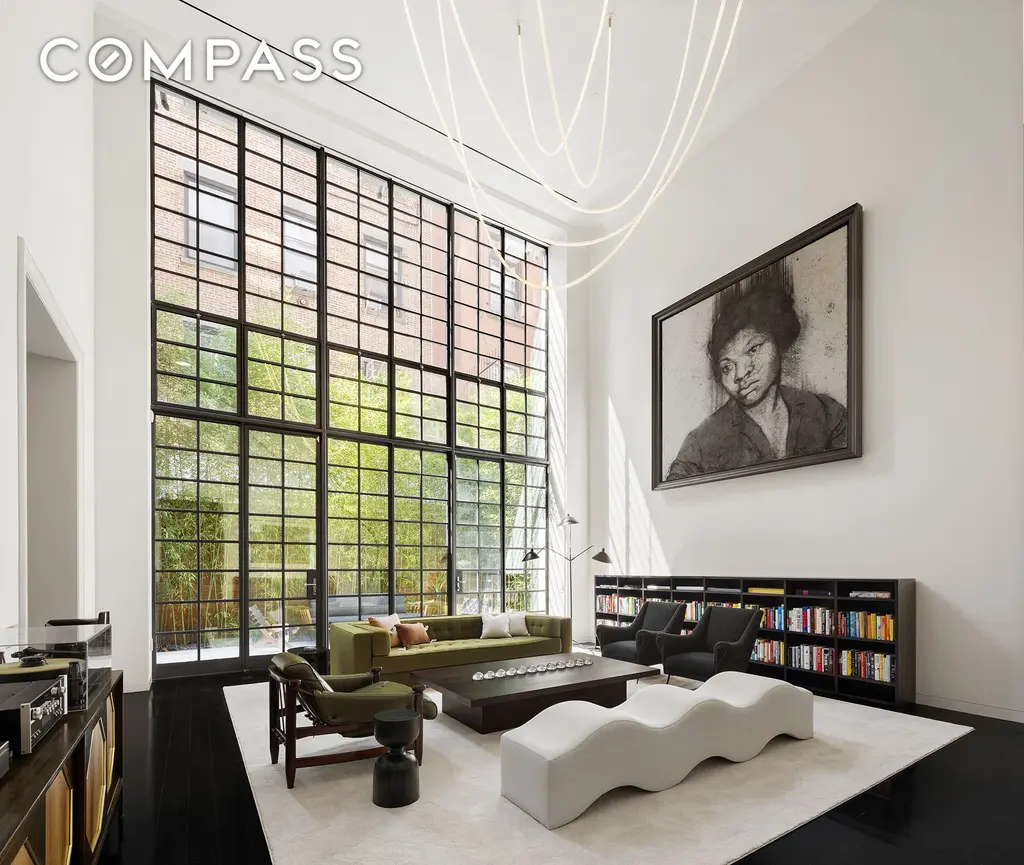
Seven Harrison, #ATELIER (Compass)
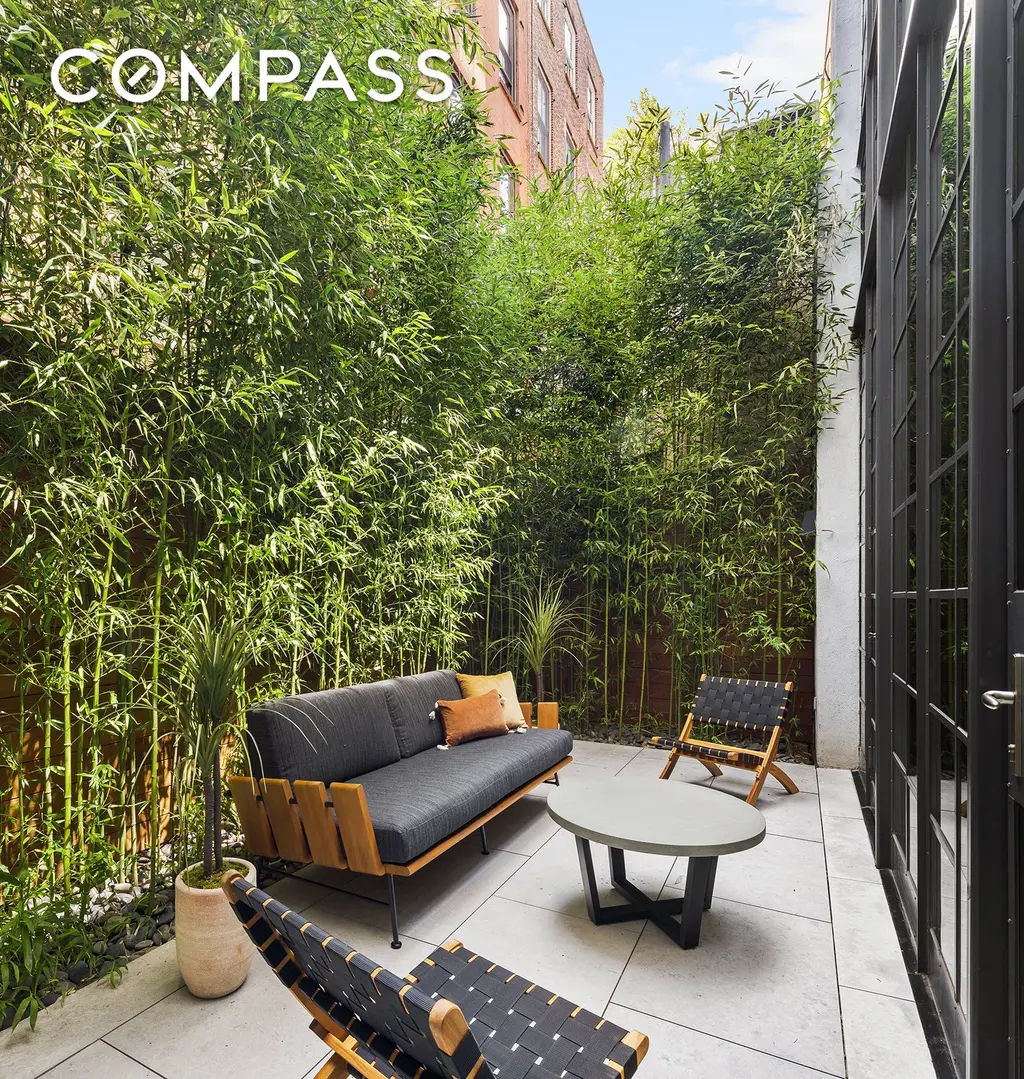
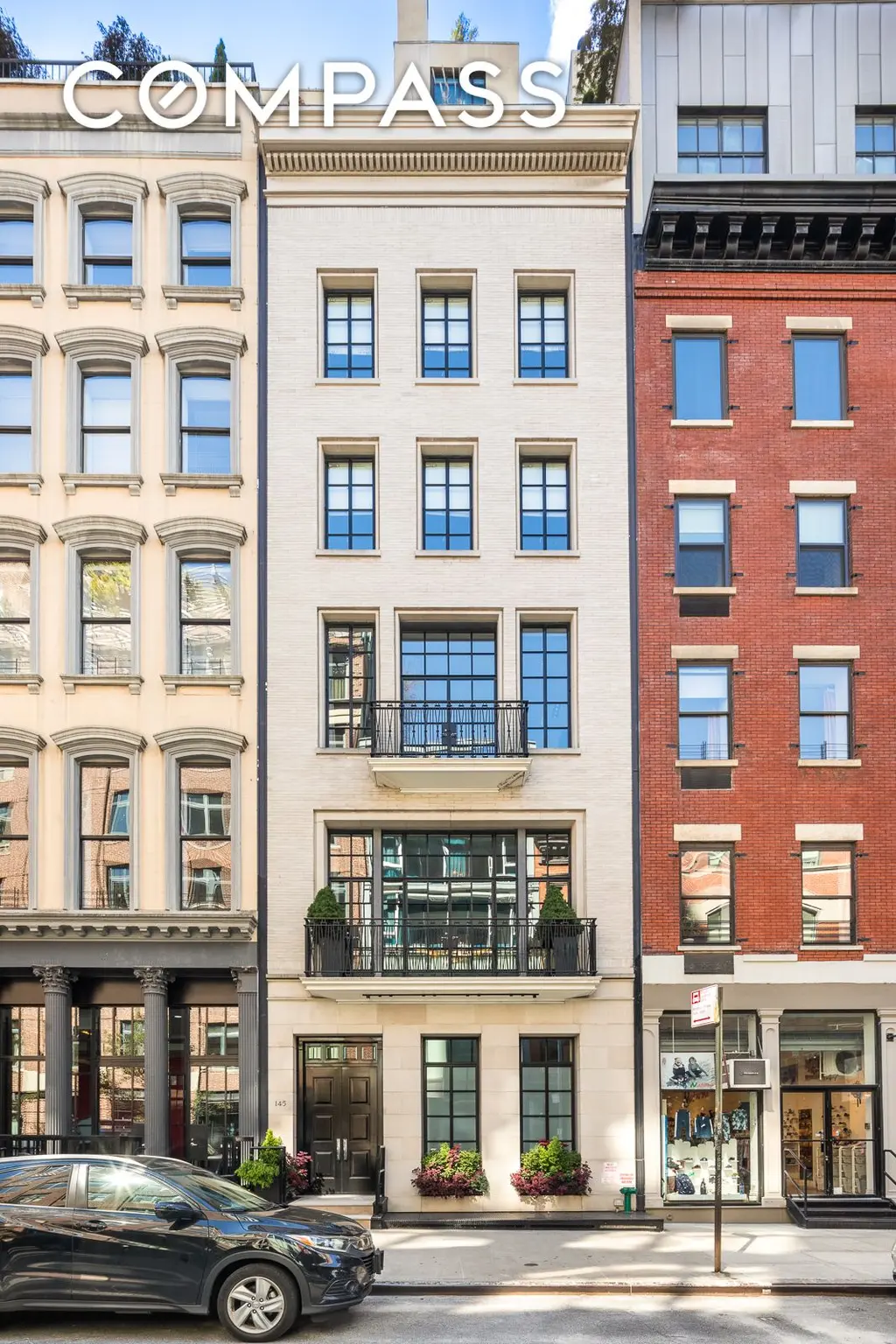
145 Reade Street, #TH (Compass)
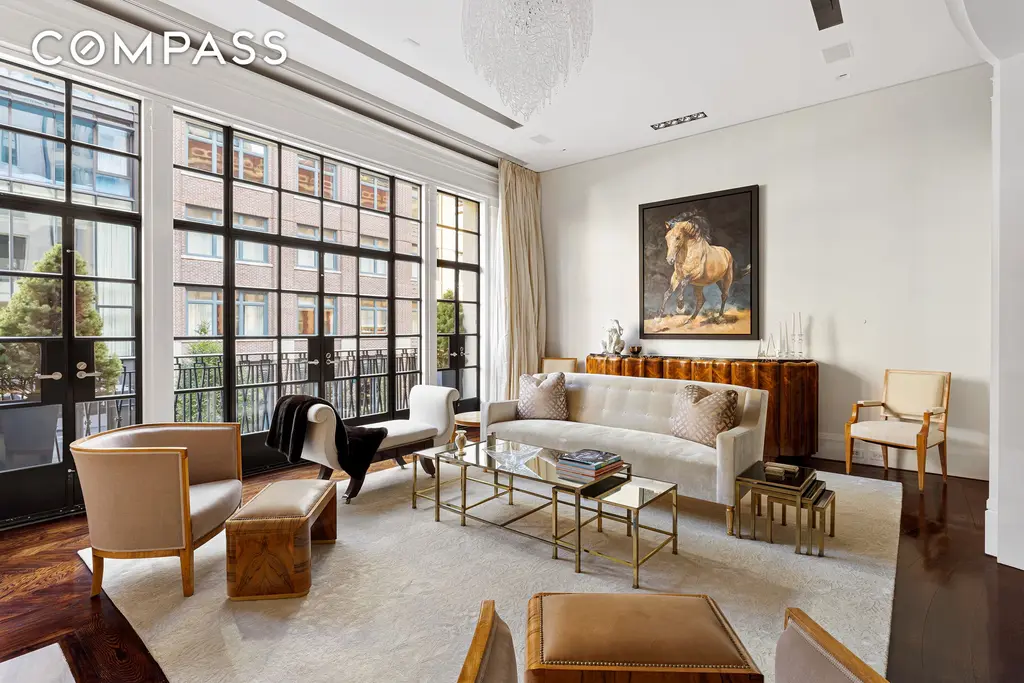
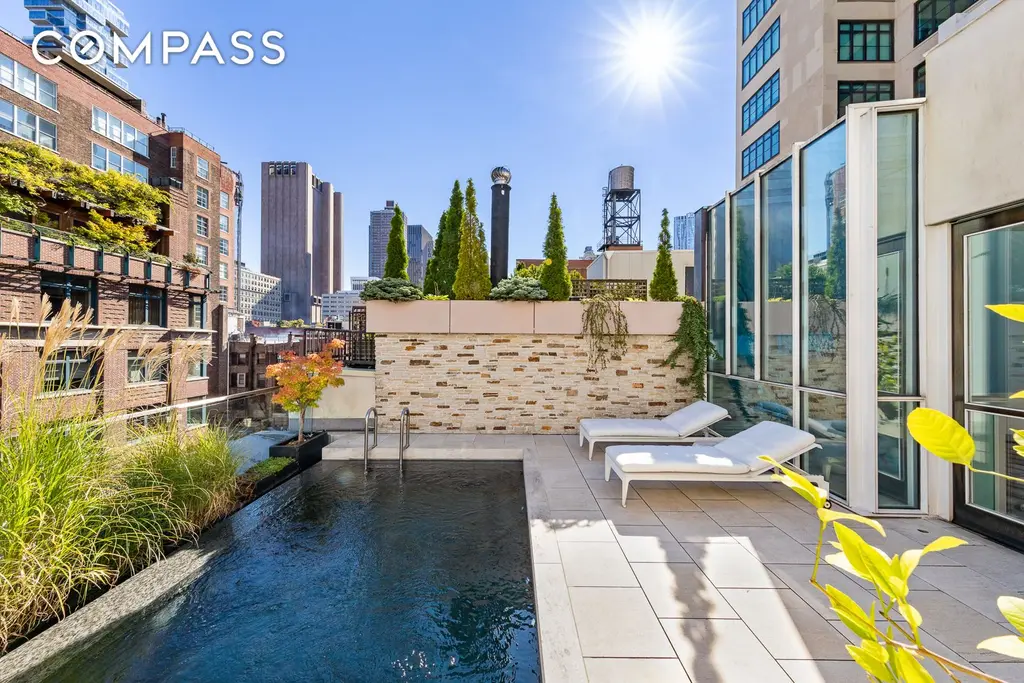
Would you like to tour any of these properties?
Just complete the info below.
Or call us at (212) 755-5544
Would you like to tour any of these properties?

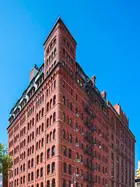
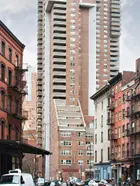
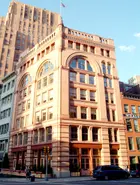
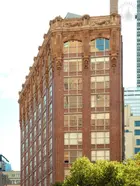
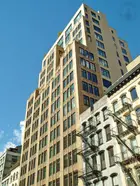
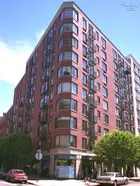
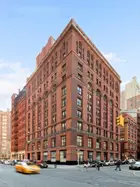
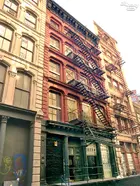
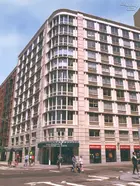
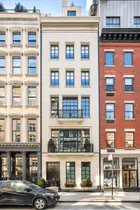
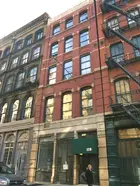
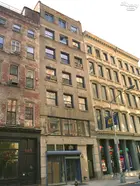

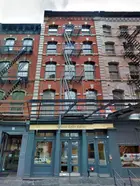
 6sqft delivers the latest on real estate, architecture, and design, straight from New York City.
6sqft delivers the latest on real estate, architecture, and design, straight from New York City.
